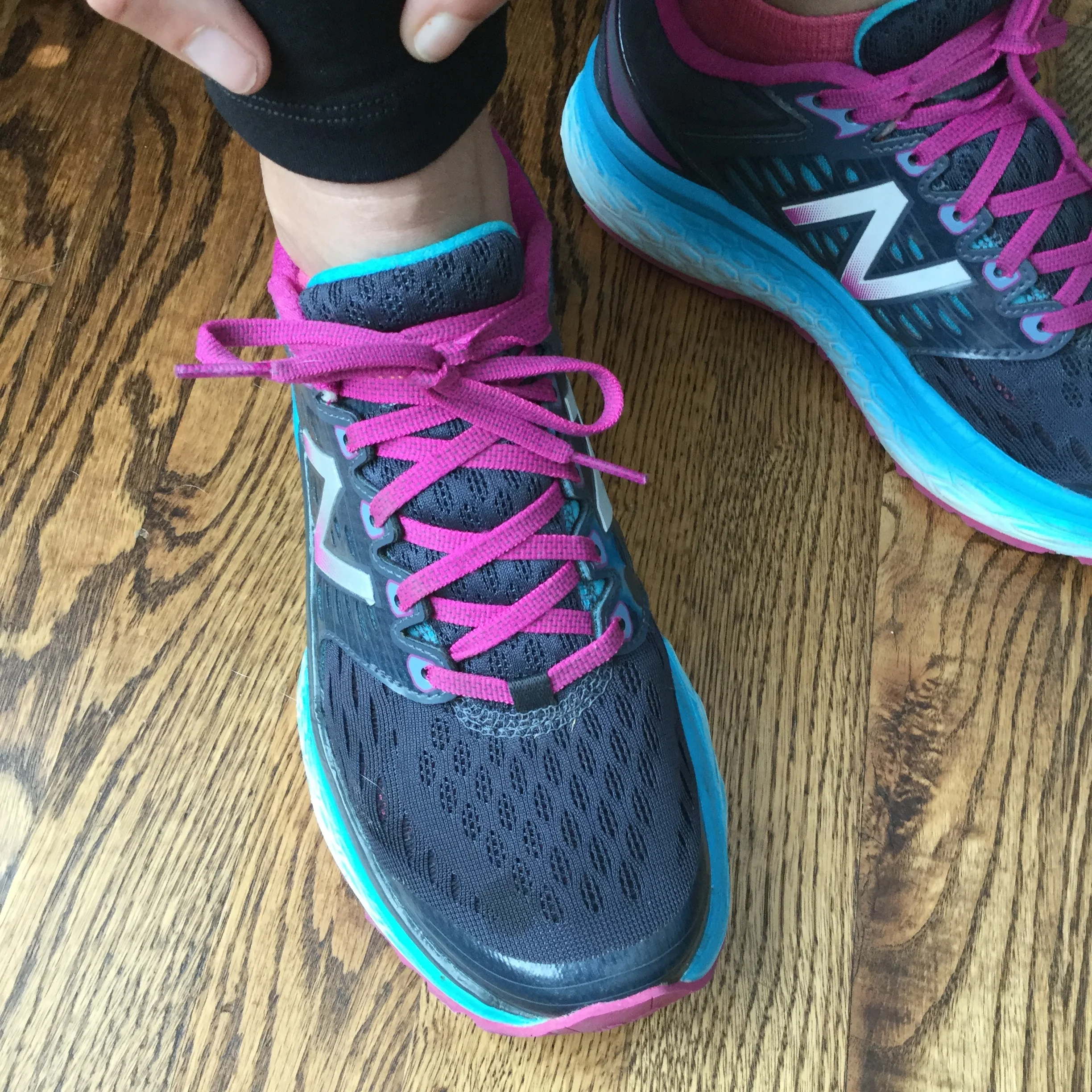Welcome to another edition of Running A-to-Z where I cover a running-related topic following the order of the alphabet. I honestly can't believe the weeks are flying by so quickly. We are on letter V already! Only 4 weeks left in the alphabet and then I am going to publish this whole series in a free downloadable ebook! If you missed any past posts can can catch up on letters A-through-U here.
Runners have their own language. Besides the acronyms (BQ, PR, LSD & DNF) there are a whole list of words that may have new runners or our non-runner friends scratching their heads in confusion. Study up friends, we may have a have a pop quiz at the end. While, of course, this is not an all-inclusive list of running terms, here are some of widely used terms to brush up on to be in-the-know in the running community.
Running A-to-Z: V is for vocabulary. Today's vocabulary lesson is running terms.
CORRAL
In a big race runners are grouped in corrals at the starting line based on their estimated finish times. The corrals kick off every few minutes to space out the runners so the fastest runners start first and the slower runners are in the back.
FOOT STRIKE
Foot strike is how and where your foot hits the ground: Heel strike, mid foot strike and forefoot strike. You can argue amongst yourselves which is best.
FARTLEK
Not just a funny word, it means speed play in Swedish and is a form of speed training in which the pace and distance are varied in a go-as-you-please interval style workout. For example in a Fartlek workout you might run a mile to warm up, then speed up until you reach that telephone pole ahead, walk until the park bench, then run faster again until the white van.
GLYCOGEN
Glycogen is carbs stored in the muscles and liver used for energy. Once glycogen stores are depleted during long distance running energy levels plummet and you may "hit the wall."
NEGATIVE SPLITS
Negative splits are a positive thing. It means running the 2nd half of a race or run faster than the first.
PACE
Pace is the number of minutes it takes to cover a mile.
PRONATION
Is how your how your foot rolls inward when running (or walking). Normal pronation is when the foot makes contact on the outside of the heel first, then the foot rolls towards the inside until the entire foot is on the ground before pushing off from the ball of your foot. Overpronation is when your foot rolls too far inward causing you to push off from your big toe, which is a common cause of injury.
STRIDES/STRIDERS
Strides or striders are used to build speed and efficiency either during the workout or a finisher during training. They are short and fast surges of speed from 50-100 meters with jogging in between.
TAPER
Taper, the 5 letter word that every runner hates. Taper is when runners decrease the weekly mileage leading up to a big race. Often referred to as a taper-tantrum because runners hate running less, even when they know it's good for them.
TEMPO
Tempo runs are done at a steady-state faster than conversational pace but not at an all-out effort. It is not sprinting but running at a comfortably-hard pace for 20 minutes to up to an hour. It feels challenging but not so hard that the pace can't be maintained over a few miles.
Did I miss any essential vocabulary terms? Ready for your pop quiz? What's your favorite thing about running? Tell me in the comments!
Have questions? Leave them in the comments or be a part of my new series "Ask the Trainer" and have your questions answered in a future blog post.
Like this post? It helps me when you share.
I am a NASM personal trainer and RRCA adult distance running coach that specializes in strength training for runners. I offer in-person training in the Shredshed, online training and Fit to Run bootcamps. If you are interested in a more in-depth running or strength training plan, please contact me. Have questions? I'd love to help.
While I am a certified personal trainer, I am not your personal trainer. Since I don't know your exercise abilities, injury background or medical history, please see your doctor before beginning any new exercise program. This is an opinion blog. No information on this site is intended to be taken as medical advice. Please see your doctor or registered dietitian regarding any health concerns.
















